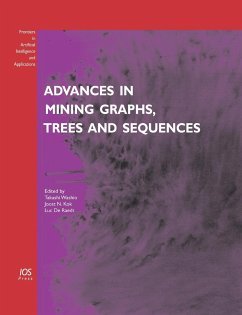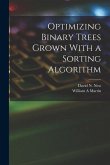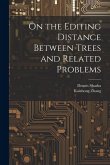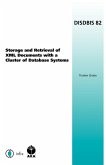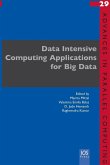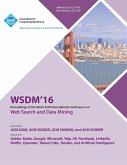Ever since the early days of machine learning and data mining, it has been realized that the traditional attribute-value and item-set representations are too limited for many practical applications in domains such as chemistry, biology, network analysis and text mining. This has triggered a lot of research on mining and learning within alternative and more expressive representation formalisms such as computational logic, relational algebra, graphs, trees and sequences. The motivation for using graphs, trees and sequences. Is that they are 1) more expressive than flat representations, and 2) potentially more efficient than multi-relational learning and mining techniques. At the same time, the data structures of graphs, trees and sequences are among the best understood and most widely applied representations within computer science. Thus these representations offer ideal opportunities for developing interesting contributions in data mining and machine learning that are both theoretically well-founded and widely applicable. The goal of this book is to collect recent outstanding studies on mining and learning within graphs, trees and sequences in studies worldwide.
Bitte wählen Sie Ihr Anliegen aus.
Rechnungen
Retourenschein anfordern
Bestellstatus
Storno

